What Is It?
Dry Needling (DN), also known as Trigger Point Dry Needling (TPDN), is a form of treatment used to treat myofascial pain. (Myo – meaning muscle, Fascia- being the connective tissue surrounding the muscle.)
Common gripes such as “my low back aches after a long day at work”, “my hips hurt after a long walk”, or “my shoulder hurts when I reach overhead” are common presentations of myofascial pain.
Trigger points are highly sensitive areas of tight muscle that are irritable with pressure, and can produce referred pain or tenderness (pain felt elsewhere in the body), movement dysfunctions, and unwanted nervous system responses. They contribute to myofascial pain and are caused by injury, overuse, or weakness. Dry needling uses a thin, monofilament needle to target those trigger points and release points of tension to decrease reports of pain. This intervention does not use any liquid injections, therefore being called a “dry” needle.
Will It Help Me?
Multiple studies have been performed in support of dry needling for pain relief. A study conducted on 96 patients who had visited a pain clinic or their primary care doctor for pain found that 74% of those people’s pain source originated from trigger points. In another study of 283 patients, 85% of patient’s pain had originated from trigger points and they benefited from dry needling.
Dry needling is a type of treatment to “reset” muscles and release trigger points. Dry needling helps to stimulate the nerve to trigger point, which also improves blood supply to the area, flushes out metabolic build up, and helps muscle fibers lengthen and realign so that the muscle works more efficiently. Working with your physical therapist to strengthen those areas post treatment will make the treatment more effective and prevent the muscles from going back into a tightened state.
How Will I Feel After Dry Needling?
A common response following dry needling is “soreness” similar to doing a hard workout. The soreness typically lasts around 24 hours, but is variable depending on the person. The best things for relief of the soreness are heat, movement, and water:
- Heat: Heat can help flush out the release of metabolic byproducts that were stuck in the muscle and have been released by the needling. If you are sore that evening grab a hot pack or take a warm bath to continue flushing out the release of these chemicals.
- Movement: walks are always beneficial for full body movement, a gentle run, and/or exercises prescribed by your PT.
- Water: our bodies are composed of about 55-60% water and helps with muscle repair and healing.
What are the Similarities and Differences from Acupuncture?
There are actually three different techniques to mention: Traditional Acupuncture (TA), Western Medicine Acupuncture (WMA), and Dry Needling (DN). All three techniques use a dry monofilament needle and overlap in the techniques used to release muscle trigger points. Traditional Acupuncture performed by an acupuncturist is a technique originating out of China 2000 years ago, based on the Chinese meridian lines and on concepts of balancing Yin and Yang. Western Medicine Acupuncture performed by physicians, chiropractors, physical therapists and occupational therapists, is based on the modern medical understanding of the human body. Both WMA and TA techniques are used to treat myofascial pain, as well as gastrointestinal and neurological disorders. Dry needling performed by a physical or occupational therapist is seen to be a subcategory of WMA and is used to treat only myofascial pain.
What About the Pelvic Floor?
Trigger points can be found in any muscle, including the pelvic floor muscles. Studies have shown people with symptoms of constipation, incomplete evacuation, bladder pain, pain with sex, urgency, and urinary frequency, are likely to have tight pelvic floors with multiple trigger points in these muscles or those surrounding the hips. People with these symptoms might benefit from dry needling to the hip, low back, or pelvic floor musculature.
I Hate Needles, Are There Other Options?
While dry needling is an extremely effective way to treat trigger points, there are multiple other options for release of trigger points and pain relief. Other options include cupping, using tools or instruments such as gua sha or Graston, massage, stretching, laser therapy, heat, acupressure, taping, ultrasound, ESTIM, and various medications. Ask your physical therapist or primary care provider if you think you might benefit from dry needling or other options for relief from myofascial pain.
Sources:
https://www.jabfm.org/content/jabfp/23/5/640.full.pdf
https://www.usgs.gov/special-topics/water-science-school/science/water-you-water-and-human-body#:~:text=In%20adult%20men%2C%20about%2060,their%20bodies%20made%20of%20water
http://www.dryneedlingcourse.com.au/wp-content/uploads/2016/02/Dry-needling-versus-acupuncture-the-ongoing-debate.pdf
https://www.sciencedirect.com/science/article/abs/pii/S1360859217302401
https://www.aafp.org/pubs/afp/issues/2002/0215/p653.html

